Use this concrete poem example and accompanying template to teach your students how to write a concrete poem.
Explore Concrete Poems with Your Students
Concrete poems are a type of poetry where the layout of the words on the page forms a shape or image that reflects the poem’s subject or theme. The visual appearance of the poem is as important as the words themselves, creating a blend of art and literature.
Concrete poems are a great choice for introducing students to poetry as they combine writing with visual expression. They can be about any topic and don’t typically rhyme – an aspect of poetry that can be challenging for students when they are first starting out.
Introduce your students to concrete poems with Teach Starter’s poster and accompanying template. The download includes:
- Concrete Poem Poster – This colorful and informative poster explains what a concrete poem is and provides an example using the topic of the sun.
- Concrete Templates – Templates are included for the topics of love, clouds, stars, kites and the moon.
This resource downloads as an easy-print PDF or an editable Google Slides file. Please note that the poster is available in the PDF version only.
Using This Concrete Poem Example in Your Lessons
This resource can be used in a creative writing lesson where students are introduced to concrete poems. Here is one suggestion as to how you might use these concrete poem templates in your poetry writing lesson:
- Introduction – Display the poster on your interactive whiteboard. Explain that a concrete poem, also known as a shape poem, forms a visual picture of its subject, with the words arranged to create a recognisable shape. Walk students through the example of a concrete poem about the sun shown on the poster.
- Choosing a Topic – Present the available Concrete Poem Templates (love, clouds, stars, kites, moon). Allow students to choose a topic they feel inspired by, reminding them that their poem will be written in a way that fits the shape of the chosen template.
- Planning – Hand out the Concrete Poem Templates for each student’s chosen topic. Guide students to first brainstorm words, phrases or sentences that describe their topic. Encourage them to think about the emotions, imagery or experiences connected to their topic.
- Writing – Have students write their concrete poem within the shape of the template, ensuring that their words fit the design of the topic. Remind them that the poem doesn’t need to rhyme but should focus on describing the subject in creative ways.
- Sharing and Feedback – After writing, ask a few volunteers to read their poems aloud to the class. After each reading, discuss how the shape of the poem enhanced its theme and meaning.
Download This Concrete Poem Poster and Templates
Use the Download button to access your preferred version of this resource.
Project the poster on your interactive whiteboard or print it for your classroom display board. If you intend to display the poster, we recommend enlarging it for enhanced readability.
Browse More Poetry Posters and Templates
Click below to explore more poetry posters and templates to use during your poetry writing lessons.
[resource:3189278] [resource:3177598] [resource:3201374]
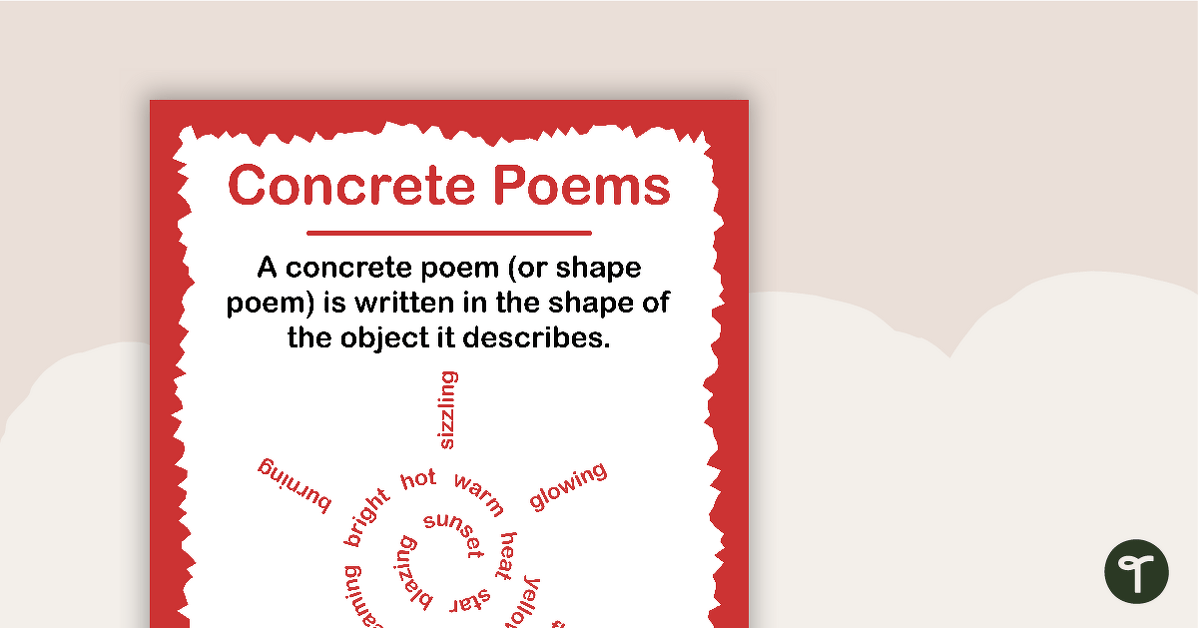

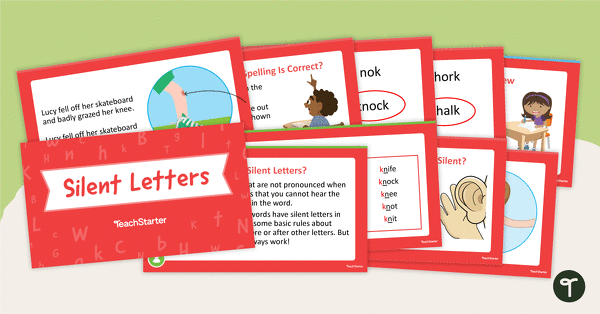
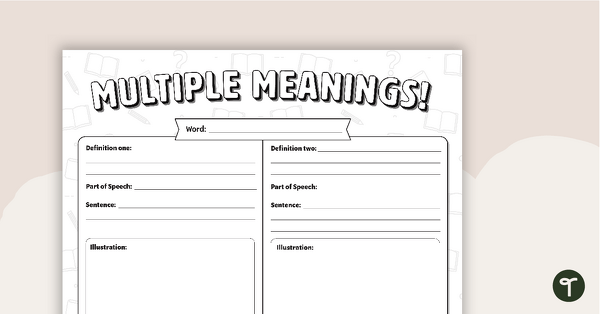
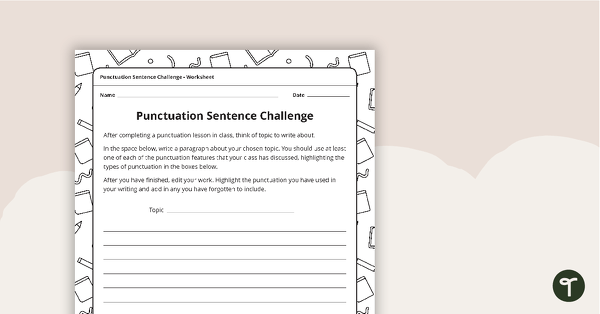
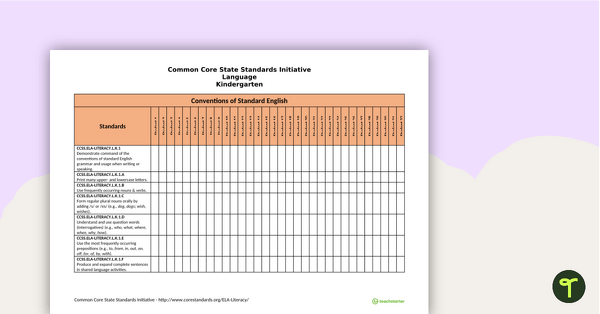
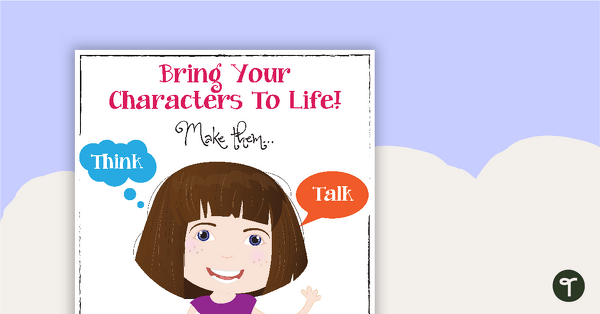
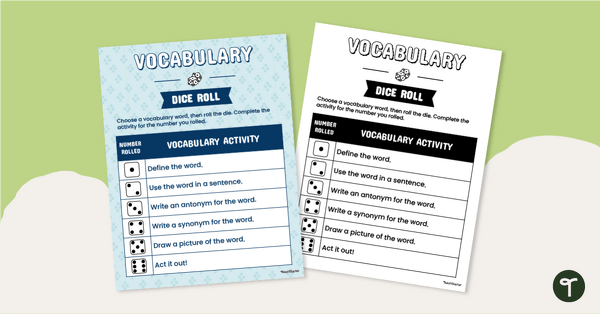
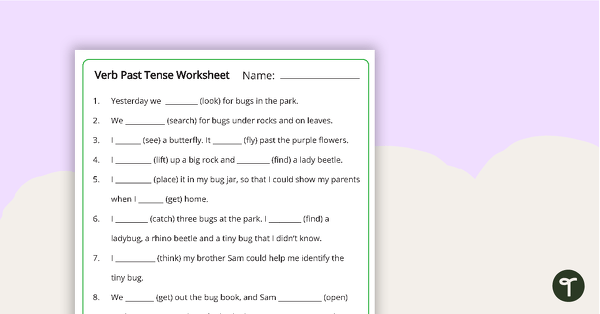
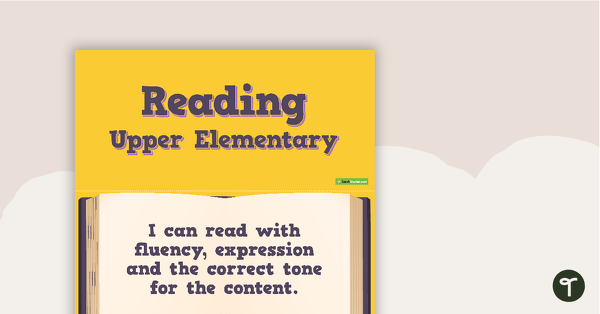
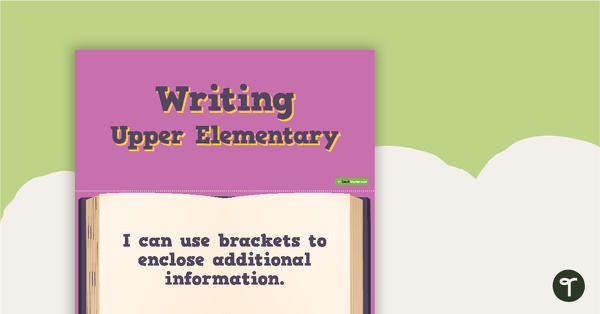
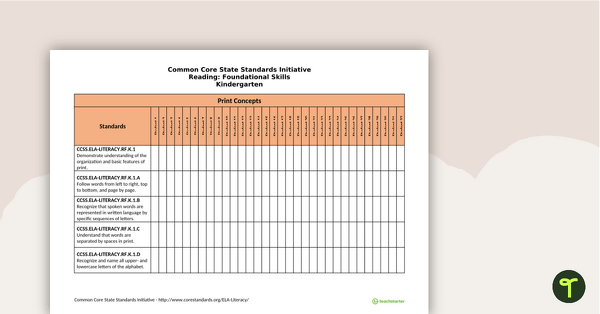
0 Comments
Write a review to help other teachers and parents like yourself. If you'd like to request a change to this resource, or report an error, select the corresponding tab above.